Australia Map
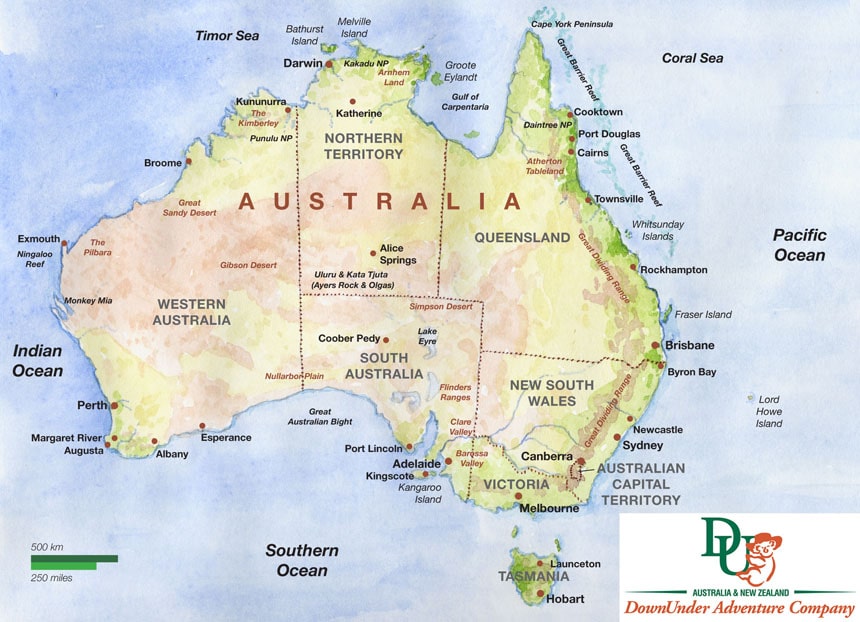
Country Info Australia
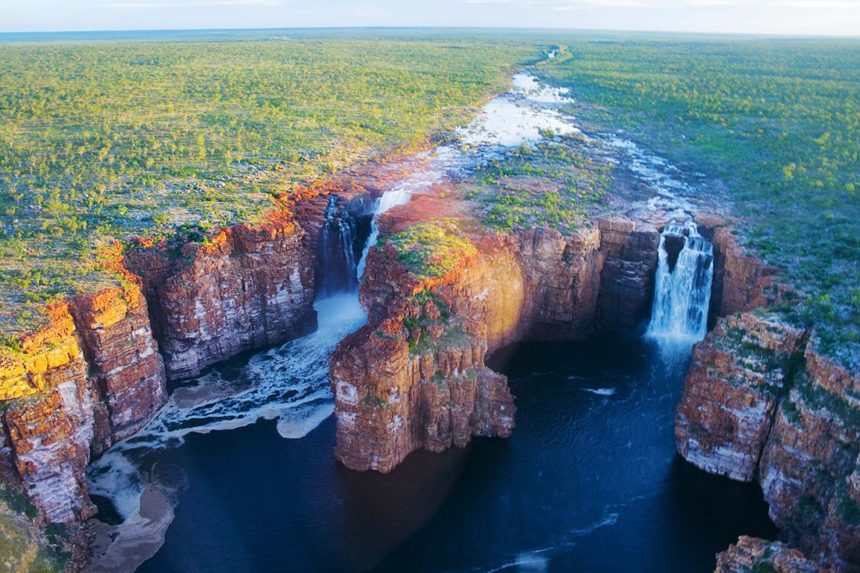
Lying between the Indian and Pacific oceans, Australia is about 4000 kilometers (2500 miles) from east to west, and about 3200 kilometers (2000 miles) from north to south, with a coastline 36735 kilometers (22959 miles) long.
In most parts of Australia, climate extremes are not too severe, but the interior of the continent is generally hot and dry in the day and can be bitterly cold at night. Southern areas of Australia have a Mediterranean climate. Summer starts in November, autumn in March, winter in June and spring in September. However, autumn and spring days are often warm and very pleasant in Sydney and Adelaide.
As you head north, the seasonal variations become fewer, until in the far north around Darwin, you are in the tropical monsoonal belt where there are just two seasons the Wet and the Dry.

Flora and Fauna
Despite large tracts of dry and barren land, much of Australia is well vegetated. Plants can be found even in the arid center, though many of them grow and flower erratically. Unique Australian native plants such as the Sturt desert pea, Kangaroo paw fern and the Waratah flower have evolved over time and are often only found in small micro-climates.
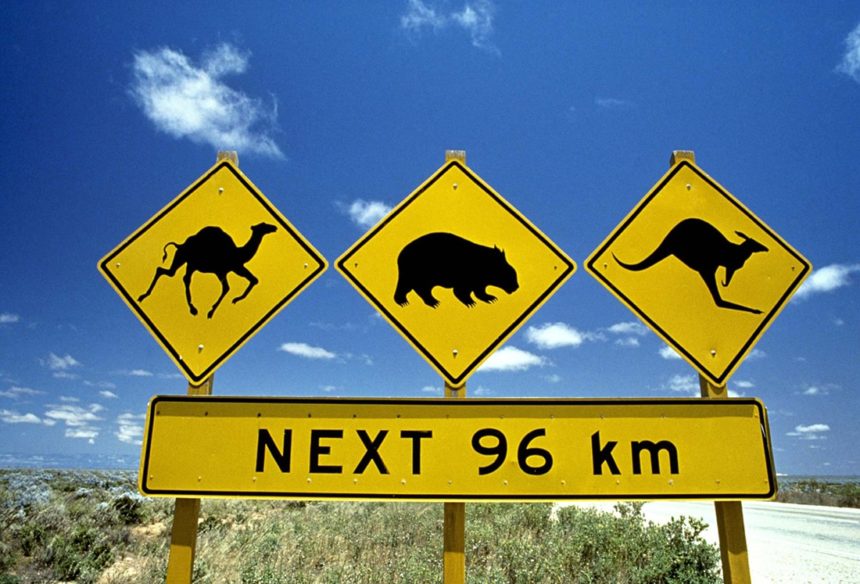
Australia’s distinctive vegetation began to take shape about 55 million years ago when Australia broke from the super continent of Gondwanaland, drifting away from Antarctica toward warmer climates. As the rain forests retreated, due to the gradual drying of the continent, plants like the eucalyptus and wattles (acacias) took over.
The gum tree (or eucalyptus) is found everywhere in Australia except in the deepest of rain forests and the most arid regions. Gum trees vary in height and form from the tall, straight hardwoods to the stunted, twisted snow gum with its colorful trunk striations. Other distinctive gums are the ghost gum with its distinctive white trunk and the beautiful salmon-colored Darwin woollybutt gums.
The gum tree features in Australian folklore, art and literature. Many varieties flower, the wood is prized and its oil is used for pharmaceuticals and perfumed products. About 600 varieties of wattles are found in Australia, growing in a variety of conditions. Many wattles have deep green leaves and bright yellow to orange flowers. When the country is ablaze with wattle during the late winter and spring, the choice of wattle for the national floral emblem and green and gold for our national colors is obvious.
Australia is blessed with a fascinating mix of native fauna, which ranges from the primitive to the highly evolved. The Australian landmass is one of the most ancient in the world, and because the sea has kept it isolated from other continents, Australian fauna is very distinct.
Kangaroos are probably the most instantly recognizable Australian mammals and they range from the tiny tree kangaroos to the ‘big reds’, which can be up to 2 meters high and weigh 90kg. The extraordinary breeding cycle of the kangaroo is well adapted to Australia’s harsh and often unpredictable environment. The kangaroo embryo can be held in a temporary state of suspended development if food or water becomes scarce.
Monotremes are regarded as virtually living fossils and Australia has two – the platypus and the echidna. They are both egg-laying mammals, which suckle their young on milk, and have survived partly due to above-mentioned isolation and because they have become so highly specialized. The platypus can be found in the eastern areas of Australia, with the echidna widespread, from the deserts to the Alps.
Southern Outback
You will marvel at the spectacular Southern Outback, a seemingly endless expanse of natural beauty amidst a region of stunning contrasts. Discover the best of these colorful, rugged, Outback mountain ranges. With its spectacular gorges, cool waterholes and towering peaks, much of the land has been set-aside as sanctuaries and parks. The colors, the vastness, the stories and the wildlife will quickly convince you that this is a special place. In this seemingly harsh and barren country a profusion of wildlife has developed unusual survival techniques.
The Flinders Ranges punctuate a huge expanse of “The Australian Vastness.” This awe-inspiring region is home to several intimate lodges featuring sprawling verandas, situated in 250 square miles of pristine wilderness. You can explore on 4X4 trips, ride horses with Aboriginal guides, hike the beautiful mountains and enjoy hearty Australian Outback cuisine and the choice wines of the region. Once you have witnessed a sunset from atop a bluff on these age-old ranges, you will fully understand why your hosts have made it their home.
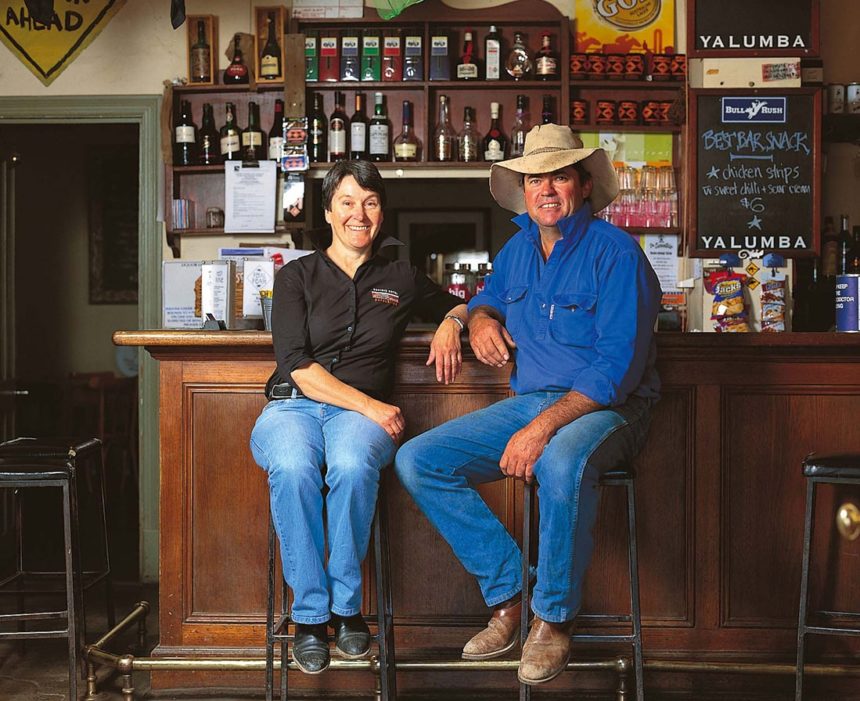
An unforgettable marine adventure awaits you as you travel west to the beginning of the Great Australian Bight where sandstone cliffs soar from the pristine ocean. Your host and honorary Park Ranger will take you swimming with sea lions and dolphins in remote secluded Baird Bay. You’ll see, firsthand, some of the conservation efforts underway to protect this precious marine life.
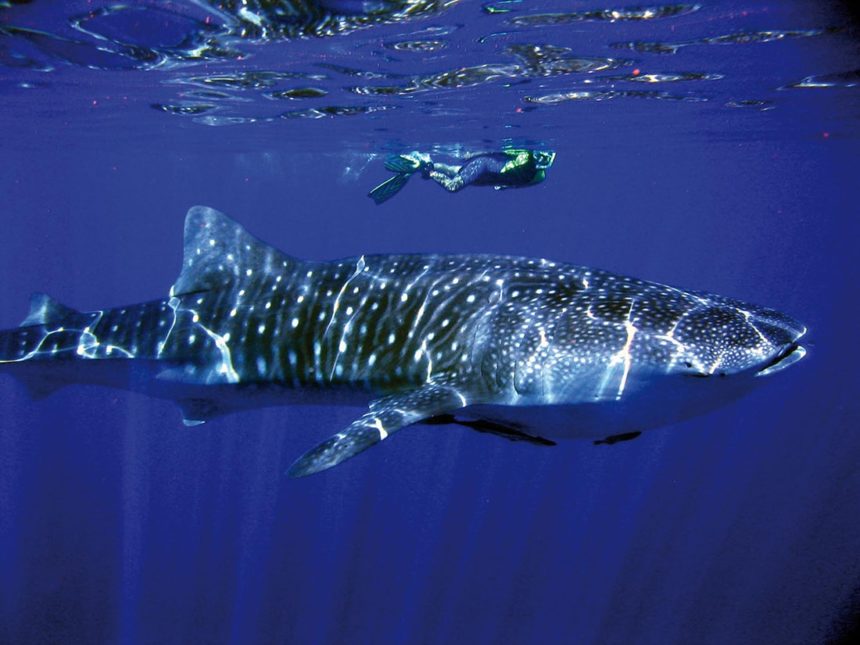
Kangaroo Island
Described as the most unspoiled wilderness where you can see Australian wildlife up close. Separated from the mainland eons ago, this small island is home to many of Australia’s unique creatures. Meet koalas, kangaroos, wallabies, possums, bandicoots, echidna, and platypus – to name a few. Experience the diversity of this pristine environment. Accomplished local guides will share unsurpassed knowledge of its history and ecology originating from a lifetime on the island. Average temperatures in summer are 26°-30°C (77°-86°F), in winter 15°-19°C (59°-68°F) and in autumn and spring 19°-23°C (68°-77°F).
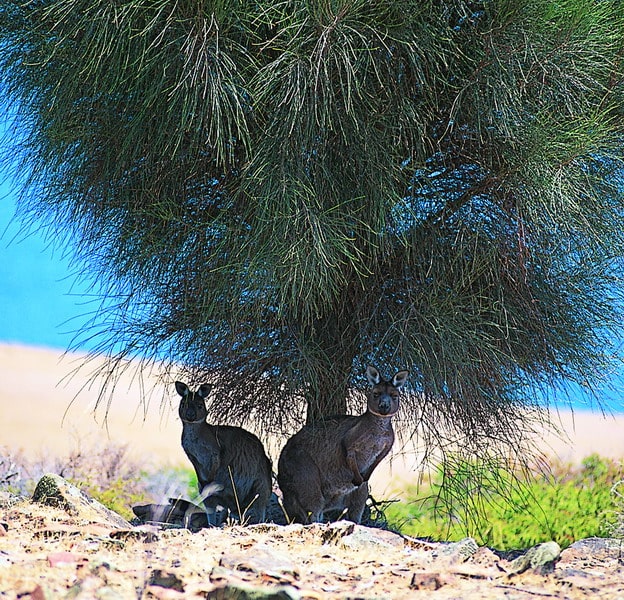
One of the highlights of a Kangaroo Island visit is to stay at a stylishly restored Homestead, whose beauty and authenticity is surpassed only by the generosity of its hosts. Sample the delicacies of the island such as King George whiting, crayfish, abalone and oysters, cheeses and yoghurts from local Island dairies, free range stress-free poultry and the exotic honey of the pure Ligurian bee.
Wine Country
Journey south and intoxicate your senses in the historic wine regions of the Barossa and Clare Valley’s. The area is well known for its premium wines, innovative restaurants, magnificent old churches, wineries and cottages, traditional music, butchers and bakers – all in a peaceful rural setting where each season accentuates the beauty of the vineyards and the undulating hills.
Savor vintage wines at private tastings with proud locals who will share with you all that make the Valleys special. The Clare Valley has been described as, “the most unblemished wine region in Australia.” It is the setting for critically acclaimed country houses where fine dining and award winning wines are luxuriously fused. Clare Valley consists of seven valleys, and with its rolling hills dotted with vineyards, gum lined streams, and a multitude of wineries all reflecting the individuality and character of their owners, it is one of the most picturesque wine growing areas in Australia.
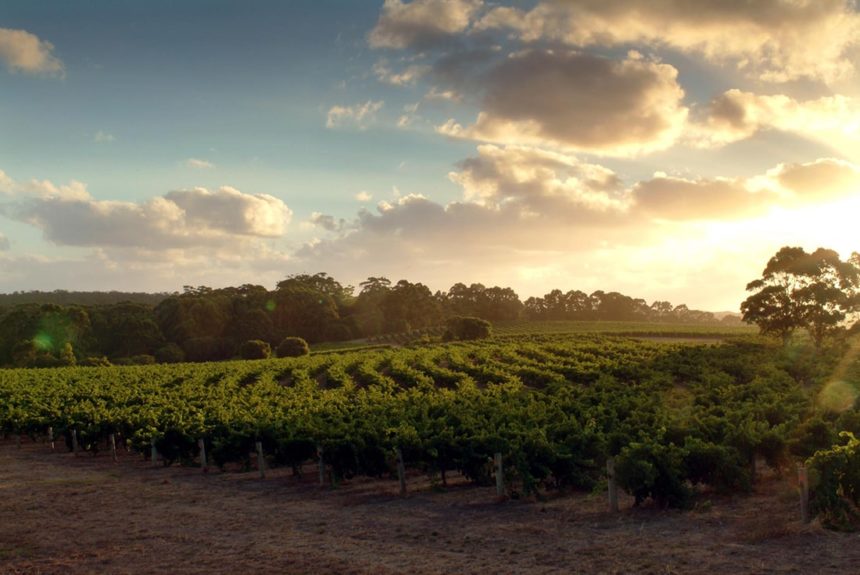
The Barossa Valley is Australia’s richest and best-known viticulture and wine making region. Situated one-hour drive north of Adelaide, this area is a richly textured, cultural icon based on years of tradition, creative energy and community pride
Central Australia – Red Center
Central Australia. Often referred to as The Center or the Red Center. Situated in the southern end of the Northern Territory it is dry, sparsely vegetated and even more sparsely populated. The landscape is starkly beautiful and renowned for its chameleon-like quality as it changes color and shape many times between dawn and dusk. This area has been evolving for more than 650 million years and all the land- forms; trees, gorges and riverbeds and the flora and fauna have special and sacred significance for the indigenous people.
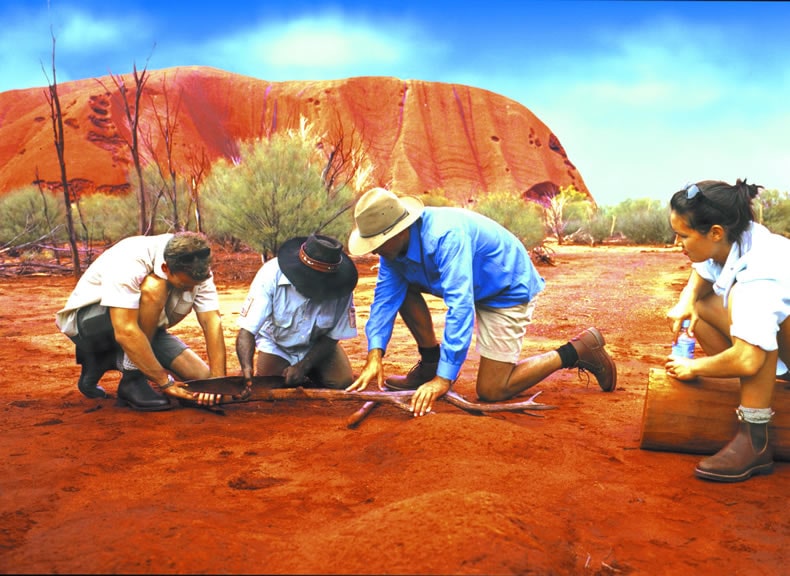
Your ranch-owner hosts are the sixth generation of a dynasty whose property once covered a million acres. Their captivating stories recall the colorful history of our folk heroes and their obsession with the rugged and unforgiving “Red Center.”
During the day from October to March temperatures are often above 35°C (95°F). However, the heat is dry with almost no humidity. Night time temperatures drop all year round; nights from April to September can be 10°C (50°F) and below. April to September is generally considered the most comfortable time to visit, as the days are usually warm and sunny.
The Top End
A helicopter swoops low to flush wild bulls from thick undergrowth. Sturdy Jeeps career and lurch amidst swirls of red dust. Adrenaline rushes as the bulls are mustered. An adventure to thrill even the most traveled. Imagine waking in your treetop lodge to the strange calls of brilliant and exotic birds and gazing out over the expansive wetlands. Imagine skimming across the water on an air boat as wild buffalo explode through carpets of water lilies and countless birds take flight. Watch carefully and see huge crocodiles disappear into the lagoon with the flick of a tail.
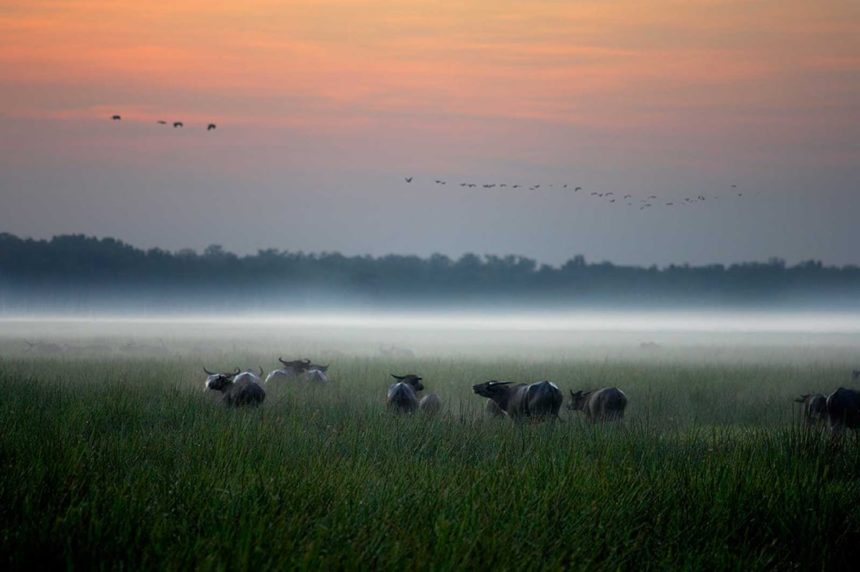
The Top End is subtropical and located 12 degrees south of the equator. The area is characterized by lush green vegetation, world heritage wetlands and an incredible variety of wildlife. The diversity of the landscape, with its magnificent natural attractions and close connection to Aboriginal peoples creates an interesting and fascinating location to excite the senses and invigorate the spirit. The climate is divided into wet and dry seasons, rather than summer and winter.
The wet season, November to April, has frequent warm downpours, with temperatures 25°-33° C (77°-95°F) and the dry season, between May and October, has temperatures of 15°-27°C (59°-78°F).
Kimberley
Travel to the far reaches of the northwest to the Kimberley wilderness, regarded by Australians as the last frontier. This is an explorer’s ultimate retreat. Azure water meets brilliant white beaches and red rock escarpments. Inland dramatic forested gorges contrast with cool secluded billabongs and thermal springs. Flying into this remote place provides breath-taking views of cascading waterfalls carving rivers through a landscape frozen in time. Wing out over the coast and drink in the beauty of the Buccaneer Archipelago-hundreds of islands and reefs, many unnamed, which are home to countless species of exotic fish and more recently the historic Pearl trade.
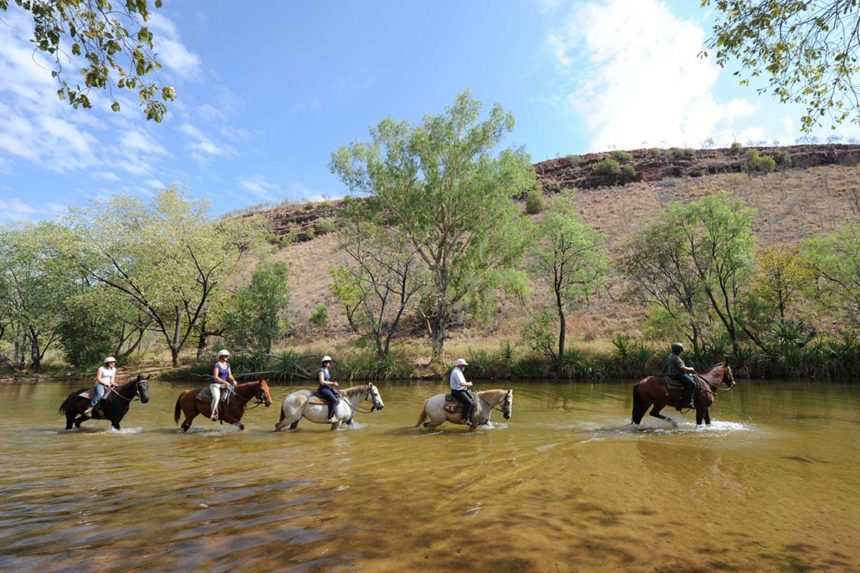
The Kimberley is also home to the remarkable Bradshaw paintings, scattered over the land, hidden among rock faces and caves. Dated at more than seventeen thousand years old, they represent a lost and intriguing culture. It’s a place where exploration on foot, by boat, and by helicopter is royally rewarded. Spend a day visiting deserted islands and enjoy a delicious picnic lunch. Stroll shell-strewn beaches, or inland discover plants and animals found nowhere else. Wonder at the vastness as your helicopter sweeps along the uninhabited coastline. Skim over rarely seen rivers and surprising gorges, waterfalls and crystal pools.
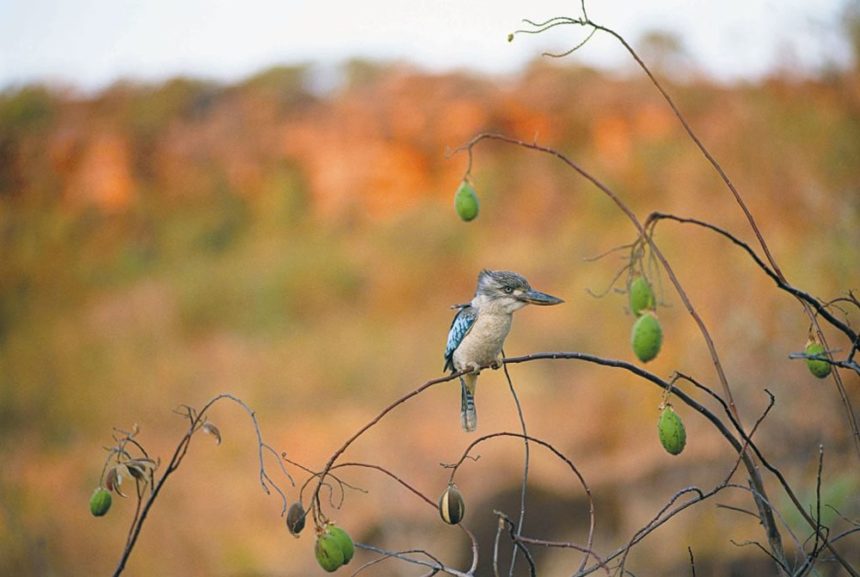
November to April brings frequent warm rain, usually in the afternoon, with temperatures ranging from 26°C-33°C (77°-95°F). May to October is generally dry with temperatures ranging from 15°C-27°C (59°-78°F).
Tropical North – Queensland
Tropical Far North Queensland is nestled on the scalloped shores of eastern Australia. The region’s white sanded pristine islands, warm tropical waters of The Great Barrier Reef and the magnificent rain forests lends itself to a multitude of experiences. With a temperate climate and casual lifestyle, it is the perfect place to relax, unwind and recharge the batteries in the most stunning of locations.
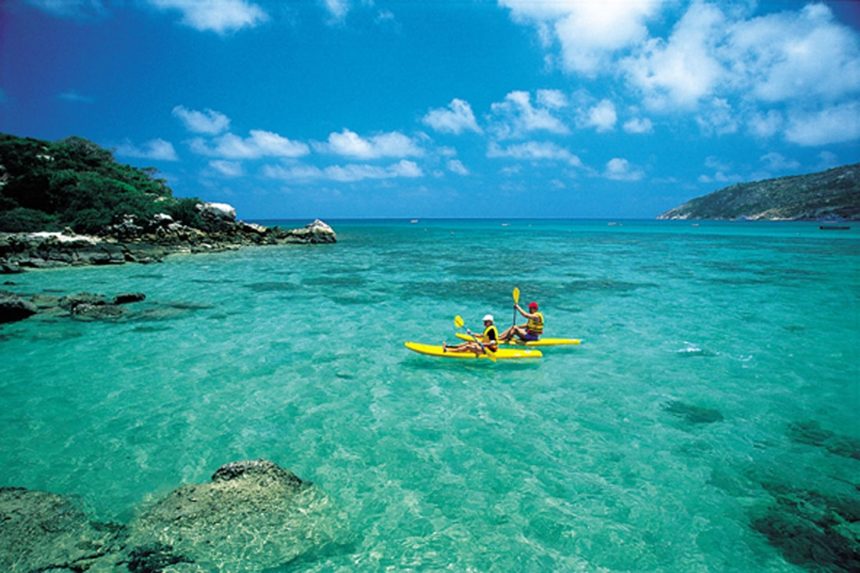
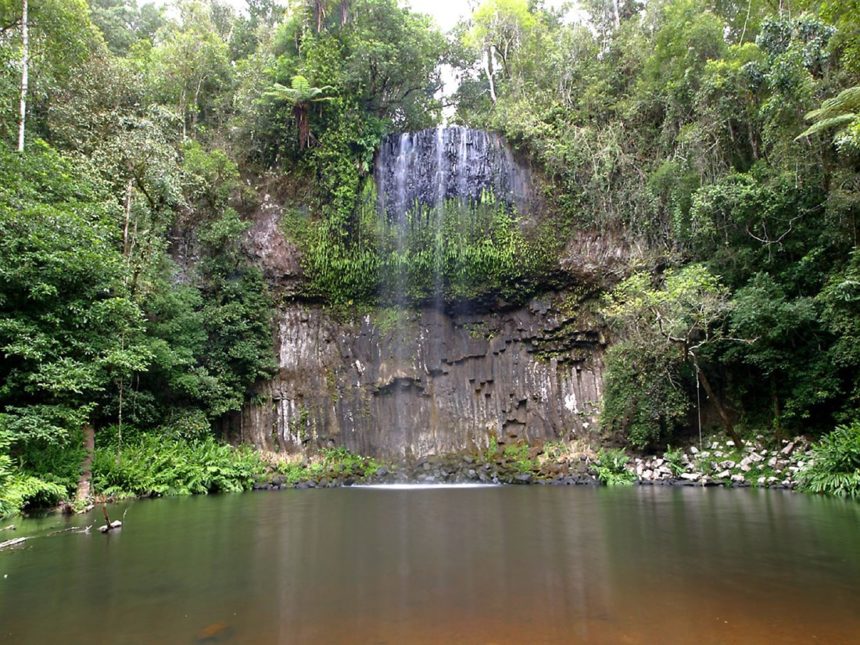

The Great Barrier Reef is regarded as the eighth natural world wonder. Beneath the cobalt sea, with its teeming sea life, another world awaits. The feeling of being ‘at one’ with the biggest marine park in the world is unforgettable.
The rainforests of Tropical North Queensland offer an equally inspiring natural experience. A myriad of palms and ferns, many dating back to the dawn of time, form the basis of a living, breathing mosaic of insects, reptiles and mammals. This dramatic, pristine wilderness, with its cascading waterfalls and fern fringed pools, is ideal for bush walkers, and nature lovers.
Beautiful islands and luxurious lodges are designed wholly around the tropical environment offer tranquil havens of private sandy beaches, crystal clear azure waters, the finest fresh foods and local produce for unforgettable wining and dining. Temperatures range from 20°C to 30°C (68°-86°F).
New South Wales
Chances are that when many people think of New South Wales, the first thing that springs to mind is Sydney. And that’s fair enough – it is after all one of the most beautiful spots on earth. However, New South Wales is far from being all about Sydney, from the endless splendor of Big Sky Country to the magical waters of the Murray River, the golden beaches of North Coast NSW to the lush climes of the Blue Mountains, to the vineyards of the Hunter Valley and the high country of the Snowy Mountains, the state of New South Wales hosts a wealth of diverse regional areas.
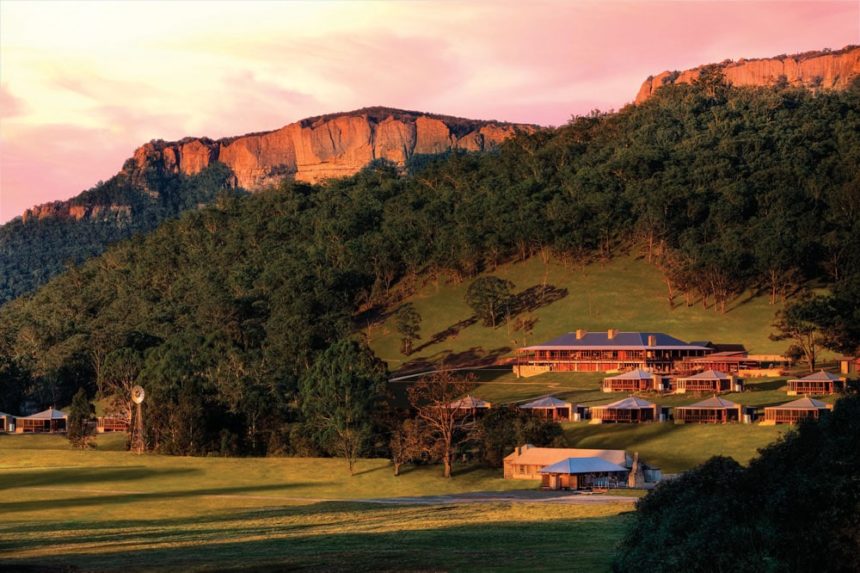
Winter is from June to August and coastal temperatures range from 15°-20°C (59°-68°F) maximum depending on your regional location. The remainder of the state will typically have winter days between 3°C (40°F) minimum and 15°C (59°F) maximum, although it can drop to 0°C (32°F) in the outback. The exception is the Snowy Mountains area with temperatures falling to -6°C (23°F).
Summer is December to February. Temperatures usually range from 25°-28°C (77°-85°F) maximum on the entire coastal strip. Away from the coastal influence, the balance of the state will typically have a summer days of approximately 30°C (86°F) maximum although maximum temperatures can reach 35+°C (95°F).
Capital Cities
Begin your Australian journey when your International flight touches down at one of Australia’s capital cities.
Experience award-winning cosmopolitan dining, shopping, unique architectural designs, art galleries, museums, botanical gardens all throughout the cities of Australia.
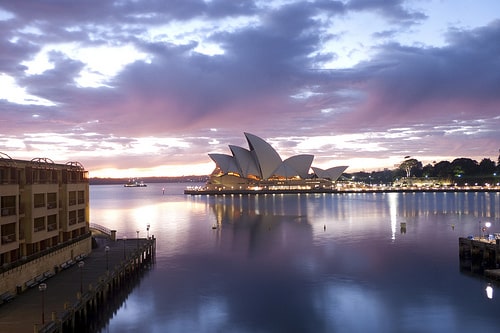
Assisted by expert guides, you’ll enjoy the bustle of Sydney, experiencing the thrill of flying over magnificent Sydney Harbor and viewing the famous Harbour Bridge and Opera House on one of the world’s most beautiful harbors. Sample fish and chips on the beach from the renowned Doyle’s restaurant and then walk off lunch with a stroll along Bondi Beach.
Enjoy Melbourne’s sophistication, visit the Royal Botanic Gardens, Tapestry Workshop, National Art Gallery of Victoria, sail around the Harbor on a sixty-foot yacht or take a helicopter flight along the magnificent coastline viewing the 12 Apostles and stopping for lunch at Chris’s Beacon Point Restaurant.
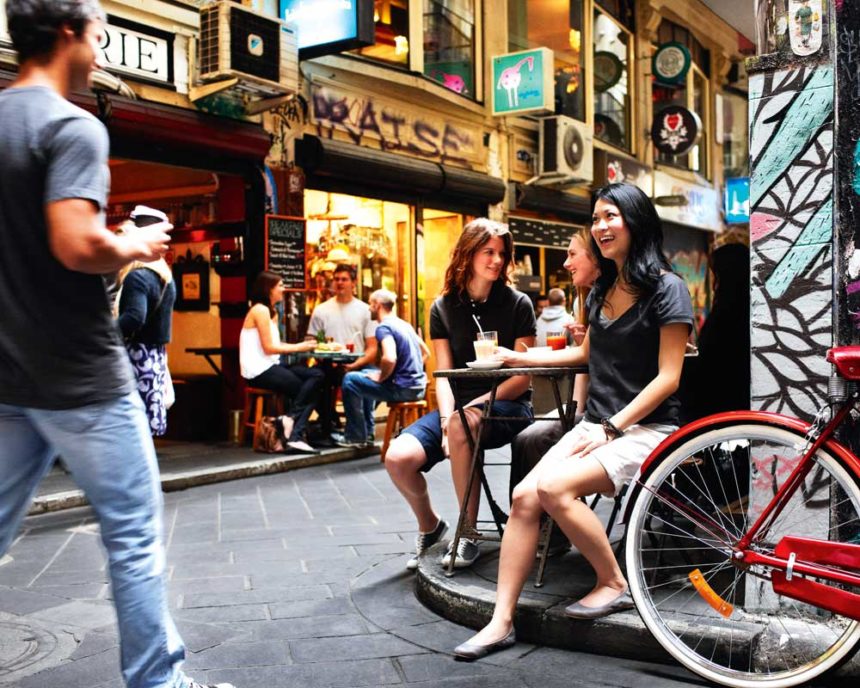
Discover Adelaide’s quiet charm as locals do, insulated from tourists and crowds. Explore the City of Churches with its beautiful parkland areas. Renowned for its superb cuisine, relish in the taste sensations of Adelaide’s cafes and restaurants. Visit the R.M. Williams store and browse through some Australian Outback attire
Tasmania
The unspoiled beauty of Tasmania awaits – a seldom-visited island that is an integral part of Australia’s mystery and majesty. Sub-tropical rain forests and rural mountain charm make this island a nature lover’s paradise. Nibble on local cheese, truffles and smoked trout to curb an appetite sharpened by your outdoor experiences. Sip cocktails beside a shimmering lake at sunset. This is an Australia seen and enjoyed by few.
For the angler there’s the opportunity to hone one’s skills with a world-class fly fisherman at an internationally renowned trout lodge. Then there’s the Tasmanian wilderness, bush walking, bird watching and unique wildlife. Or try the excitement of exploring limestone caves that open to richly decorated cathedral-like chambers and undeveloped grottos.
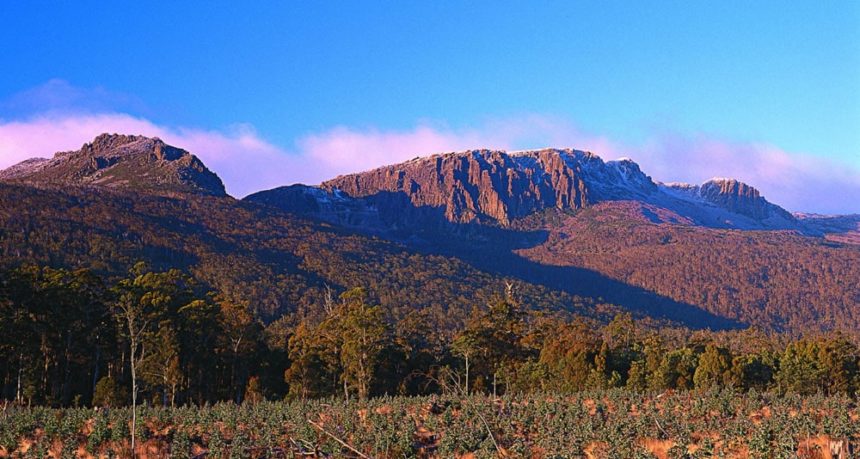
Top off your Tasmanian experience by staying at a colonial Georgian estate with French provincial furnishings and Cordon Bleu cuisine. Here you’ll be surrounded by World Heritage national parks awash with majestic waterfalls, punctuated by jagged peaks rising eerily through the low lying clouds which shroud the pencil pines in mist and mystery.
Tasmania is an island made for exploring. Temperatures range from 0°-14°C (32°-59°F) in the winter months and from 14°- 23°C (59°-76°F).
Australian Cuisine
Australia is a melting pot of nations and this is reflected in the wonderful variety of food available including the very best of our fine local products. Australian beef and wines are world-renowned and Australia has a superb range of seafood, many unique cheeses and an enormous selection of fresh, high quality fruit and vegetables.
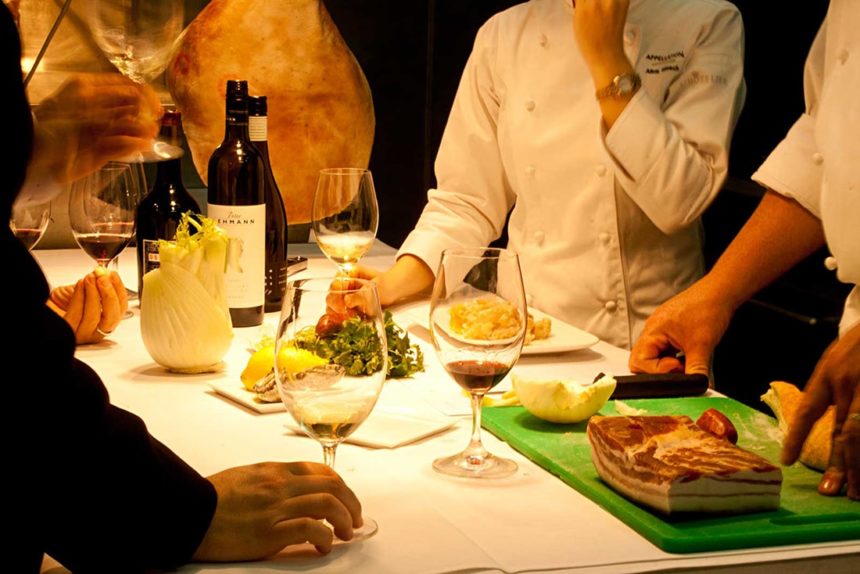
Australian bush cuisine is original, innovative and of the highest standards. It is often a reflection of the lifestyle of your hosts and the variety of farming activities they are engaged in. Vegetarians are well catered for and a multitude of ethnic cuisines are present in all major cities.

